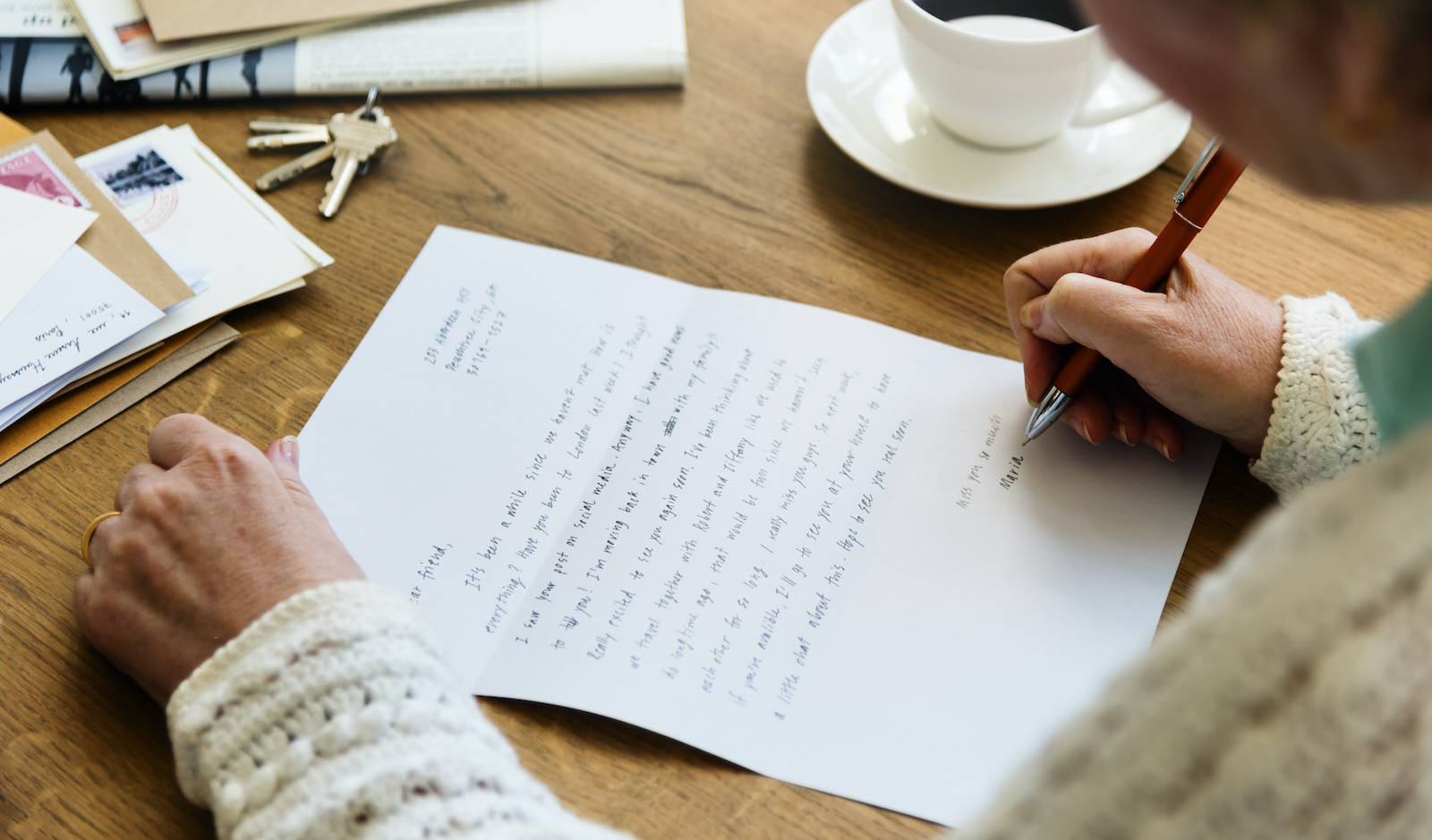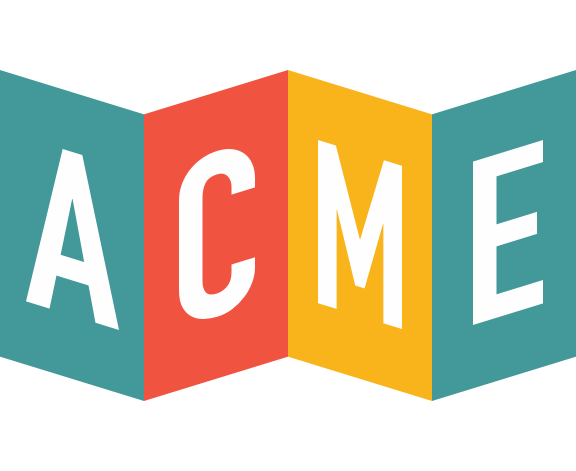
How to Write a Donor Thank You Letter
Public-facing institutions and nonprofit organizations know all about donor-foundation relationships. The truth is, museums, zoos, and other cultural associations rely on the generosity of their donors to support the work they do. Donors represent one of the foremost ways institutions are able to meet fundraising goals, as well as build relationships within their local community.
You’re probably an expert at asking for donations. You’ve got your grant writing, email campaigning, and in-person-request spiel down pat: you could get a cactus to donate water to your cause if you had to. But do you know what to do after the donations are received? A too-often overlooked aspect of fundraising is the follow-up. The ‘thank you’ is just as important as the ‘please’ when it comes to soliciting non-profit funds, and is a crucial aspect of cultivating and maintaining the donor lifecycle.
The Power of a Thank You Letter
Gratitude makes the world go ‘round – especially for nonprofits. Thanking your generous donors for their contributions has the capacity to build financial relationships that will last for years to come.
Continues contact.
A donor thank you letter keeps a channel of communication open between the donor and your organization. It establishes a reciprocal relationship, and encourages audiences to keep checking in. A really effective thank you letter may also inspire donors to learn more about your organization, communicate through other avenues, such as your social media pages, website, etc.
Reminds the donor of their good deeds.
The goal of a thank you note for donation is to maintain and engage the donor in the positive feelings they get from supporting your organization. Donors deserve to feel good about themselves and the work they help to critically support. And keeping your donors fired up about their philanthropic actions has the added benefit of encouraging future donations.
Donor retention.
Being left on ‘read’ is a huge turn off for anyone, but especially donors. No one likes to feel taken advantage of, and that’s how contributors are bound to feel if they receive nothing more than a receipt for their help. On the other hand, being thanked and receiving acknowledgement for your help feels amazing, and inspires people to become a part of something bigger than themselves. Thank you letters contribute to donor retention by letting them know, again and again, just how valuable are their contributions to your organization.
It’s the right thing to do.
No one has to donate their hard earned money to your institution. They choose to. And such acts of generosity should never go unacknowledged. Cultural organizations would not exist as they do today without the contributions of thousands of supportive donors. A thank you letter is really the least you can do in return.
Thank you note for donation – do’s and don’ts.
Now that you know the why of writing thank you letters, let’s get into the hows. Here are a few tried-and-true do’s and don’ts to keep in mind while drafting your next gratitude message.
Do remind donors of what they helped to accomplish.
Maybe recent donations were put towards the rehabilitation of a rescued lion cub, or applied to the brand-new after school children’s art program. Whether you’re fundraising for a specific cause or simply trying to reach your end-of-year fiscal goals, provide your donors with specific examples indicating how their money is being used.
Don’t ask for another donation immediately.
Take a breather. Your audience members have limited resources, and you don’t want to come off as greedy. Let your thank you letter be a standalone message, and allow your donors to bask in your gratitude before reaching once again for their pocketbook.
Do send your thank you letters to donors as quickly as possible.
Your automated receipt should be quickly followed up by a personalized statement of gratitude. Best practice dictates a waiting period of no more than three days. Sending your message promptly helps to mitigate any buyers remorse, keep your cause fresh in their minds, and makes your audience feel immediately appreciated.
Don’t ramble on.
Thank you letters are not stakeholder reports, and shouldn’t be treated as such. If you want your audience to learn more about the ways in which their money is being used, feel free to link to blog posts and social media content for longer explanations. But don’t make your audience work for their ‘thank-you’. Short and sweet is the name of the game.
Do say thank you.
Why is this point all the way down here? Step 1: give your audience the gratitude they deserve. You’ve probably got some skilled writers on staff, but don’t think that your letter needs to be a correspondence that would make a Victorian letter-writer blush. If you can’t say anything else, just say ‘thank you.’
Don’t send a form letter.
Under no circumstances should you be using a rote and detached message filled with jargon and void of any emotion. You want your donors to feel touched by your gratitude, and the fastest way to make sure that doesn’t happen is by giving your audience a letter with no personality or personalization.
Do make it personal.
Speaking of. This should be priority number one for thank-you letter writing. You should always address your donor by their name in your message, and reference their donation history if they have one. Your donor should feel that you are speaking directly to them. And you don’t have to put in overtime to make this happen. Mail merge software allows you to add personal details to a templated message with ease. And having those personal details visible can make all the difference for your audience experience.
Thank you letter template for donation.
This thank you letter template is the simplest letter an organization can write to thank their donors. Let’s break down the pluses and pitfalls of this particular message.
Great
- Straight to the point: this letter wastes no time in thanking the audience member for their generous donation.
- Specific: this template includes space for an image, as well as a list of ways in which this donation has helped the cause.
- Human: the sender is listed as an actual person working at the organization, and not a generic title or the name of the organization itself.
Needs Improvement
- Greeting: a single word which does not name the donor is insufficient. Their own name is the first thing a donor should see.
- Length: while succinct, this letter could have more content included to flesh out the message. A message this short runs the risk of feeling canned.
- Lacks personality: this message is perhaps too generic, and does not include more personal information such as donation history.
How ACME can Help
ACME is a comprehensive ticketing solution for public-facing institutions including museums, zoos, aquariums, historic houses, gardens, and more. We advance ticketing, membership and donation management through cloud software that creates a seamless experience for your staff and visitors.
ACME’s newest update includes a donations feature which allows you to provide your donors with custom communications and messaging, from the streamlined donation-only order page, to your thank-you letter. With ACME, your donors will know you appreciate their generosity.
To see how ACME can help out your organization, sign up for a demo today at ACMEticketing.com.

